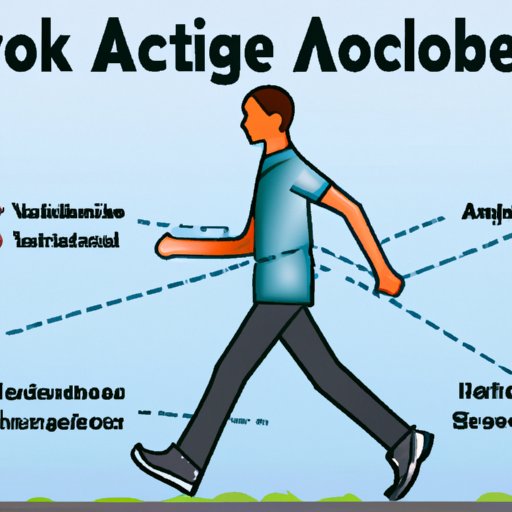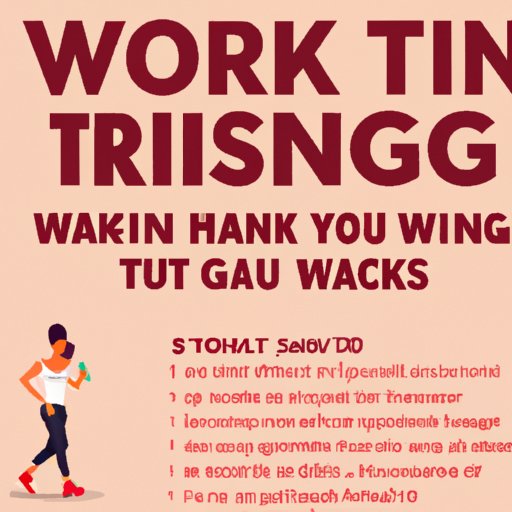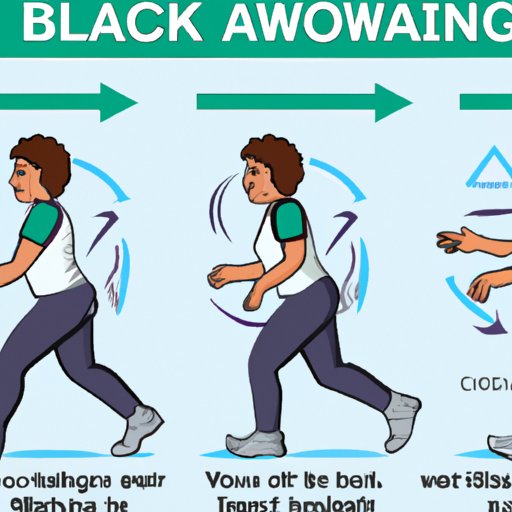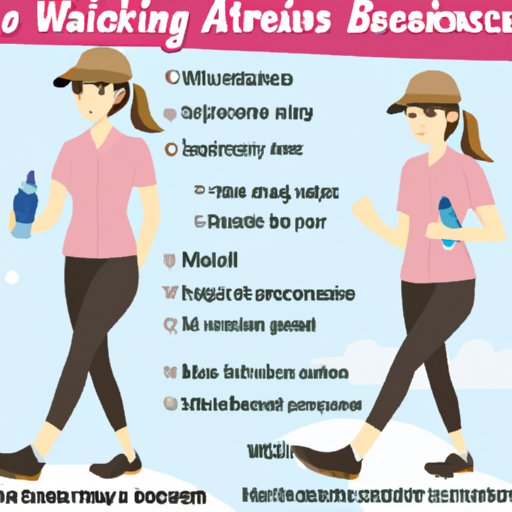Introduction
Aerobic exercise is any activity that increases your heart rate and breathing, allowing your body to use more oxygen than when at rest. Examples of aerobic exercises include running, swimming, cycling, and—you guessed it—walking. Walking as a form of aerobic exercise has been known to improve physical and mental health, and can be done anywhere and anytime with minimal equipment.

The Science Behind Walking as a Form of Aerobic Exercise
In order to get the most out of your walking workout, it’s important to understand how walking affects your heart rate. According to the American Council on Exercise (ACE), “The intensity of your walk should be such that you are working hard enough to raise your heart rate, yet not so hard that you cannot maintain a conversation.” This is also known as the “talk test.” If you can easily carry on a conversation while walking, then your intensity level is low and you will not reap the full benefits of an aerobic workout.
To measure intensity, ACE recommends taking your heart rate before, during, and after your walk. The goal is to keep your heart rate within the target heart rate zone for at least 20-30 minutes. You can calculate your target heart rate by subtracting your age from 220, multiplying the result by 0.6 and 0.8, and adding your resting heart rate.

Tips for Getting the Most Out of Your Walking Workout
Here are some tips to help you get the most out of your walking workout:
- Warm Up and Cool Down: Begin your walking workout with a few minutes of light stretching to warm up your muscles and end with a few minutes of light stretching to cool down. This will help reduce muscle soreness and prevent injury.
- Increase Intensity Gradually: Start slowly and gradually increase the intensity of your walk. Try increasing your speed, walking uphill or on varying terrain, or carrying weights in your hands or pockets.
- Track Progress: Tracking your progress helps you stay motivated and gives you something to work towards. Measure the distance you walk, time it takes you to complete it, and monitor your heart rate to ensure you are in the target heart rate zone.
How to Incorporate Walking Into Your Regular Exercise Routine
Here are some tips to help you make walking part of your regular exercise routine:
- Set Realistic Goals: Set realistic goals that you can achieve and make sure to set aside the time in your day to complete them. Don’t be afraid to challenge yourself, but don’t overdo it either.
- Find a Walking Buddy or Group: Find a walking buddy or join a walking group to stay motivated and accountable. Having someone to talk to while you walk can also help pass the time faster.
- Invest in Quality Shoes: Invest in quality shoes that provide good support and cushioning to help prevent injury.
Common Misconceptions About Walking as an Aerobic Exercise
There are several misconceptions about walking as an aerobic exercise, including:
- It’s Not Enough to Reach Your Fitness Goals: Walking may not seem like a strenuous activity, but it is an effective way to reach your fitness goals. A study from the University of Michigan found that walking for 30 minutes five days per week was just as effective as running for the same amount of time.
- You Need to Walk Fast to Reap Benefits: You don’t need to walk fast to reap the benefits of walking as an aerobic exercise. As long as you keep your heart rate in the target heart rate zone, you will still receive the benefits of aerobic exercise.

How to Walk Safely and Comfortably as an Aerobic Exercise
Here are some tips to help you walk safely and comfortably as an aerobic exercise:
- Wear Appropriate Clothing: Wear clothing that is comfortable and allows you to move freely. Consider wearing layers in case the weather changes and choose materials that wick away moisture to help keep you cool.
- Stay Hydrated: Make sure to stay hydrated by bringing a water bottle with you and drinking regularly throughout your walk.
- Monitor Your Surroundings: Be aware of your surroundings and pay attention to cars, cyclists, other pedestrians, and any potential hazards.
Conclusion
Walking is an aerobic exercise that can be done anywhere and is beneficial for both physical and mental health. It can help improve cardiovascular health, decrease stress, and boost energy levels. In order to get the most out of your walking workout, it’s important to understand how walking affects your heart rate and to keep your heart rate in the target heart rate zone for at least 20-30 minutes. Additionally, it’s important to warm up and cool down, increase intensity gradually, track progress, wear appropriate clothing, stay hydrated, and monitor your surroundings.
When done correctly, walking can be a great way to reach your fitness goals and improve your overall health.
(Note: Is this article not meeting your expectations? Do you have knowledge or insights to share? Unlock new opportunities and expand your reach by joining our authors team. Click Registration to join us and share your expertise with our readers.)
